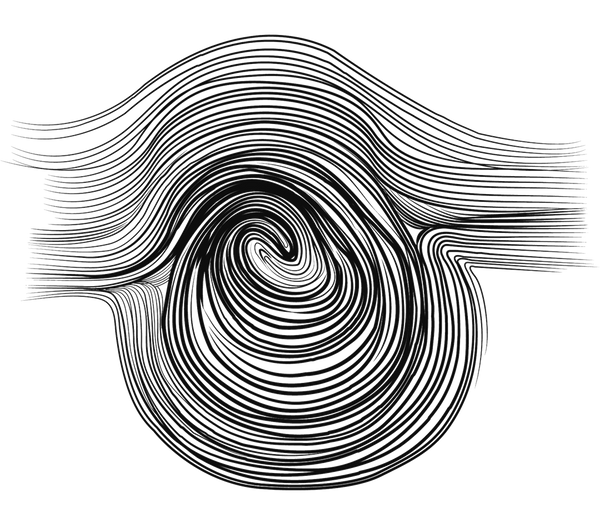
Why 3D-Printed Fashion Isn’t as Simple as It Seems.
Share
As a bags and accessories designer working with 3D software to help fulfill collections, I can confidently say that 3D-printed fashion is far more complex than it appears, especially if you’re aiming for high-quality products. I think there’s a misconception that 3D-printed handbags and accessories are ready to use as soon as they come off the printer.

This short blog will breakdown key points to consider when looking at 3D-printed fashion items, based on my personal experience and observations. It’s helpful to note that these are
insights gained through my hands-on work with 3D printing in bags and accessories design so it may differ from other uses of 3d printing and how other designers use it.
1. Design: Creativity isn’t the only main aspect.
Designing for 3D printing is an intriguing process with endless possibilities, it requires more than just creativity. To make a design 3D-printable, you must consider the specific printing
process you or your manufacturer will use, this will help you adapt the following areas if needed.
Key areas to consider:
Dimensions: Ensuring the design meets the technical specifications of the chosen printing method.
Material thickness: Finding a balance between strength and aesthetics as well. If you adapt your digital model at the desired thickness this will make sure it 3d prints correctly or prints at all, although it might mean adaptations to your original design.
Feasibility: Making decisions on which design elements to retain or modify to maintain both visual appeal, brand identity and practicality in terms of manufacturing a product that will be consistent in quality.




2. Manufacturing & Costs: Choosing the Right Process
The 3D printing process you choose significantly impacts the cost and quality of your product.
Based on my experience, I have experimented with three common processes:
SLS (Selective Laser Sintering):
Highly accurate and strong across various thicknesses.
No need for support structures, making post-processing easier.
However, achieving a smooth finish requires additional steps such as sandblasting and chemical treatments, which can be costly and time-consuming.
Higher printing costs for SLS in the UK compared to FDM.
Excess nylon powder waste, although it can be recycled.
SLA (Stereolithography):
Offers highly detailed and smooth prints.
Requires less post-processing for a smooth texture, leaving more time to apply customized color finishes.
However, it can be fragile, depending on the model’s size and thickness.
The cleaning process is labor-intensive due to the need for support structures.
Generally more expensive than FDM.
FDM (Fused Deposition Modeling):
Cost-effective and widely accessible.
Strong prints depending on the material used, such as PLA plastics.
Minimal waste compared to other processes.
However, achieving a smooth finish takes significant post-processing, including sanding and removal of support structures.
Surface texture may not be as refined as SLA or SLS due to its layered texture.
3. The reality of post-printing
Many overlook the fact that the work doesn’t end when the print is complete. Each method requires a series of post-processing steps, such as:
Cleaning and removing support structures (SLA, FDM).
Smoothing surfaces through sanding and or chemical treatments.
Applying finishes like painting and protective coatings to achieve the desired look.
These steps add time and cost to the production process, making it essential to plan accordingly.

Conclusion: It’s about alignment.
3D printing in fashion isn’t just about pressing a button; it requires:
Designing with the right technical considerations.
Selecting the most suitable printing process for your vision and budget.
Understanding the post-processing demands to achieve a polished final product.
If you wonder why a 3D-printed bag may carry a higher price tag, consider the intricate process involved in its creation.
At Sana Marks, the collections are not only focused on the design aesthetics and sculptural flair but also in functionality, providing clear guidance on product care to preserve pieces in the best condition.

This blog is from Sana Marks, a bags and accessories brand that merges 3D technology with fashion.
